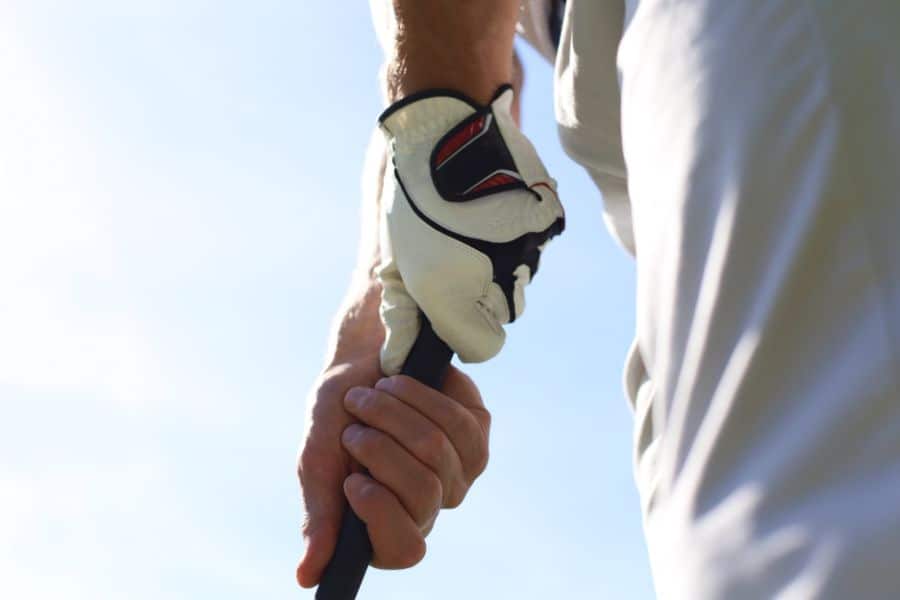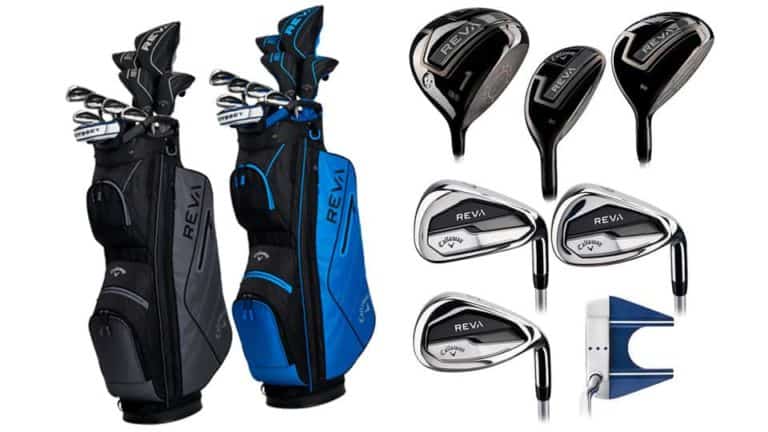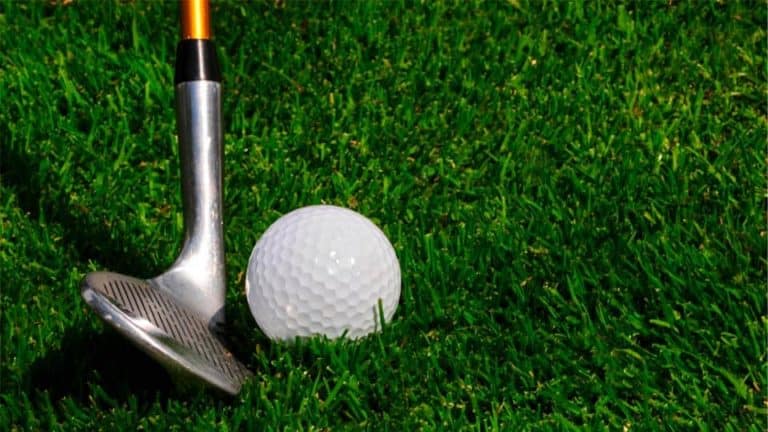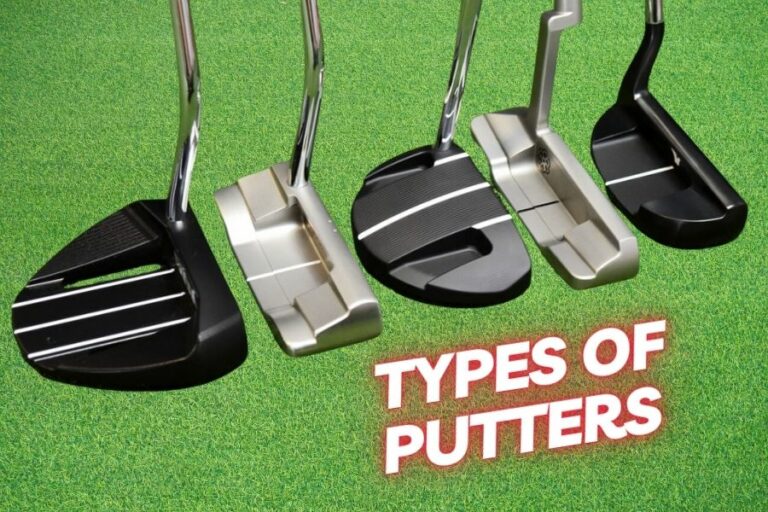How To Grip A Putter?

The proper grip on a putter is an essential element of a good putting stroke. Here we explore the essential steps for gripping the putter correctly.
Putter grip plays a critical role in delivering accurate and consistent golf putts. How you grip a putter can have a significant impact on the direction of the ball.
To get the most out of your putts, it’s important that you learn the techniques behind proper putter grip. This guide will discuss various methods of gripping a putter to ensure you get the most out of your golf putts.
How to grip a putter: 3 common techniques
Improving your putting grip can have a major impact on your game. Knowing how to grip the putter correctly is essential for creating consistent arc and accuracy when putting on the green.
Here are some techniques you should consider to help you get the right grip on your putter.
1. Reverse overlap putting grip
When gripping a putter, the reverse-overlap grip is the classic approach. For right-handed golfers, this grip involves curling all of the fingers of the right hand around the club while the left index finger overlaps one, two, or three of the right-hand fingers. It is the opposite for left-handed golfers.
This method had its roots in earlier eras when greens were coarser and golfers wanted greater power in their shots. Despite so many years passing by, it remains one of the best ways to hold a putter. This type of group is ideal for standard-length putters such as 33, 34, and 35. Reverse overlap grip is known for offering full swing grip.
2. Cross-handed putting grip
Cross-handed grip or left-hand low grip has been a popular choice among many players. Unlike in a reverse overlap grip, in this method, the left hand is positioned lower on the grip.
The advantage of this grip is your left wrist remains steady throughout the stroke resulting in a more consistent putting stroke. Many have sworn by this technique due to its amazing results.
3. Claw putting grip
The claw grip is an alternate split grip for golf, where the hands are not interlocked, and all fingers of both hands remain on the club.
PGA Tour player Chris DiMarco popularized this style with the help of fellow professional Skip Kendall.
The left-hand grips normally, while the right hand is rotated, so the thumb is beneath the grip. The right fingers form a “notch” to fit the cushioned grip, thus limiting movement in the right wrist and preventing cupping or “breaking down” at impact.
Other putting grips you can try
Other than the three grips mentioned above, there are numerous others that you can try out. There is no hard and fast rule as to which grip you should use; it comes down to personal preference and comfort level.
Thus, here are a few others you can try:
1. The pencil grip
The pencil grip mimics the way one would hold a pencil, creating a lighter yet secure grip in the right hand with the palm facing towards the target. This style encourages using core muscles to control the putter instead of relying on the right hand. The elbow is tucked against the side to keep the right side connected to your torso, resulting in a steadier, smoother stroke, free from small-twitch muscle interference.
2. The saw grip
The saw grip is aptly named after the tool it resembles. In this style, the right-hand fingers are placed on top of the grip pointing towards the target and tucked into the V formed by the thumb and forefinger.
This can be a great option for players who want to feel more over the ball at address, as it pulls away from the torso and creates a much straighter pendulum with less arc.
3. The arm lock putting grip
The arm lock grip is a technique used by golfers who use longer putters. It involves locking the putter against the forearm, creating a feeling of bowing out the left wrist.
This grip is popular among golfers such as Matt Kuchar and Bryson DeChambeau and is known for its ability to prevent breakdown through the ball. These golfers usually have a conventional right-below-left right-hand grip.
However, this style of grip tends to deloft the putter, which may require adjusting the ball position in the stance or the loft on the putter. This grip may be suitable for golfers who rely more on mechanics than feel to make their putts.
How do putter grips make a difference?
The putter grip is an important factor in improving your putting game and helps dictate the direction of the putter head. Here is how the size of your grip affects your game.
1. Fat grips/Thick grips
Fat grips offer several advantages to golfers. They provide a firmer, more secure grip on the club, making it easier to keep your wrists and arms steady during swings. This can lead to increased accuracy and power on shots.
Fat grips also reduce wrist movement, which can help prevent strain and injury from overuse. Additionally, fat grips not only increase the size of the handle but also promote proper putting grip aiding with alignment and consistency in your swings.
2. Thin grips
Thin grips offer a lighter grip, creating less tension in the fingers and hands during swings. This can also lead to improved wrist flexibility and a greater feel of the clubhead as it strikes the ball. However, thinner grips lead to inconsistent contact and results.
Conclusion
Choosing the right putter grip can be challenging, as no one style suits all golfers. The best way to determine which grip works best for you is to try out different styles. Once you find a grip that feels comfortable, work on getting consistent with it by practicing regularly and paying close attention to your mechanics. With the right grip, you can ensure that your putts are more accurate and powerful each time.








